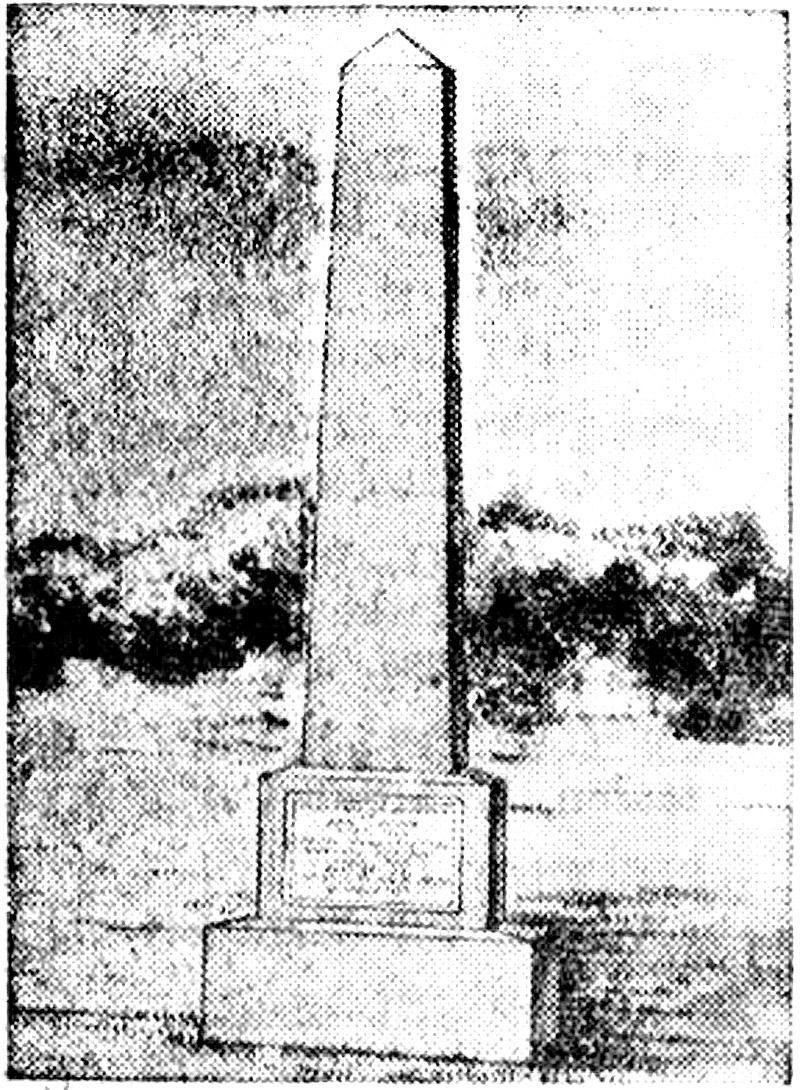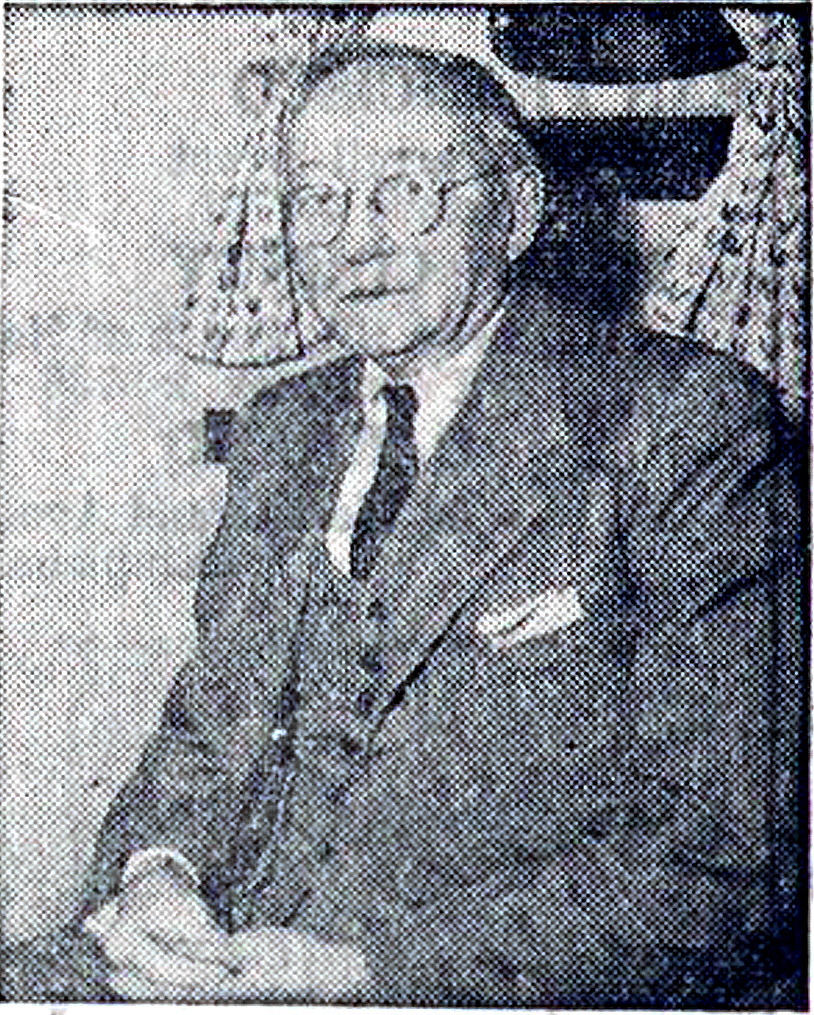Vestkusten,
Number 44, 29 October 1959.
John Hanson First President
under the first constitution
By Dr Amandus Johnson
Excerpts of a speech given by Dr. Amandus Johnson held at the dedication of the John Hanson Memorial, erected by the Vasa Order of America, October 17, 1959 at Hanson's birthplace Mulberry Grove in Maryland. Johnson is a leading experts on the history of early Swedes in America. For the benefit of non Swedish speaking people we publish the interesting speech in English.
John Hanson, the first President under our first Constitution, was one of the outstanding founding fathers whose memory deserves a better fate than has been accorded to it by the nation he loved and which he helped save and whose government he later helped organize. For nearly a century and a half his name and achievements were practically forgotten, except by a few antiquarians, often called cranks or crack-pots. Today, 163 years after his death, even his grave is unknown.

The John Hanson Memorial Vasa Order of America erected the monument.
The adoption of our first Constitution on March 1, 1781, when the Thirteen States, in many cases with different interests and different objectives, became a United Nation in fact and in deed, was in a large measure due to the wisdom, foresight and statesmanship of John Hanson. When John Hanson and his fellow delegates from Maryland finally persuaded the various states, which laid claims to sections of the great Northwest Territory, to renounce their titles, real or pretended, in favor of the Central Government, he performed, perhaps, the greatest single service to his country of any individual since the signing of the Declaration of Independence in 1776.
John Hanson was president of the United States of America in fact and in deed. There were circumstances and conditions which made his election and term of office different and distinct from that of any of his predecessors in the high office. The years 1781–1782, (when John Hanson was President) were of vast importance in our national life. In 1781 a Department of Foreign Affairs was established, a national Judiciary was created, a Secretary of Marine (Navy) was appointed, the office of Secretary of War and of the Superintendent of Finance (Secretary of the Treasury) were instituted, and a national system of taxation was proposed. During John Hanson's term of office, the Consular Service was originated, the Bank of North America was founded, the national Post Office was definitely organized and a special Seal of the United States was adopted. (This Seal was used for the first time by John Hanson on an Official commission to General Washington to arrange for the exchange of prisoners of war with Great Britain.)

DR. AMANDUS JOHNSON,
Authority on early Swedes in America
But there was one other outstanding event, which separated the elevation of John Hanson to the Presidency from that of all his predecessors. When he was elected, the English cannons at York town had been silenced, English power in America had been broken forever, and there was now no nation on earth to challenge the independence of the Thirteen States; they were for the first time truly free and independent and so considered by the governments of Europe. There were many points of similarity between the presidency of John Hanson and George Washington. Like John Hanson, Washington had no cabinet in the beginning of his term and conducted his office in a manner somewhat similar to the methods used by John Hanson and other later Presidents under the Articles of Confederation. The election of John Hanson was not materially different from that of George Washington. Neither was chosen by popular vote. In spite of the high principles, implied and expressed, about “all men being equal,” the leaders of the Revolutionary period did not believe in the “wisdom of the people.” George Mason, of Virginia, maintained in the Constitutional convention of 1787 that “to leave the choice of the Chief Magistrate to the people was as unnatural as to leave the choice of color to a blind man.”
John Hanson also holds another unique place in American history. While “President of the United States in Congress Assembled,” he was the first to proclaim Thanksgiving Day as our national holiday. In recognition of his achievements as a foremost Revolutionary War patriot, and as a great statesman, the State of Maryland has placed a statue of him in Statuary Hall at the United States Capitol in Washington, as one of her two most illustrious sons. This the great man the Vasa Order of America is honoring today by erecting this statue, made from a Swedish granite block, because John Hanson sprang from Swedish-American ancestry.
John Hanson First President under the first constitution. by Dr. Amandus Johnson, Vestkusten, Number 44, 29 October 1959.